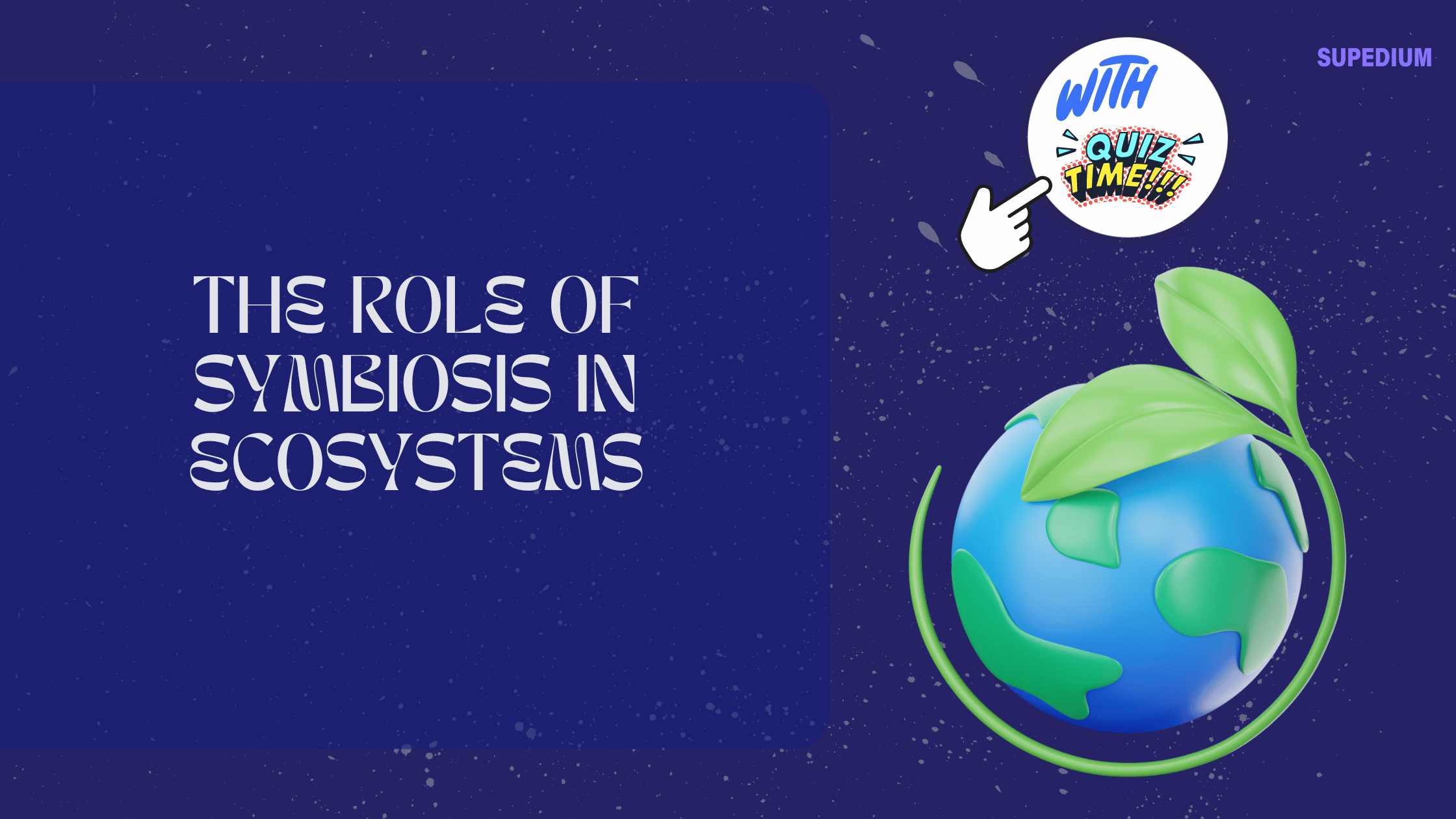Table of Contents
- 1 Benefits
- 2 Optimism vs. Pessimism
- 3 Origins
- 4 Learned Helplessness
- 5 A New Direction in Psychology
- 6 Can You Learn Optimism?
- 7 Are People Born Optimists, or Is It a Skill Which Can Be Learned?
- 8 Is There an Optimal Time to Develop This Optimism?
- 9 The ABCDE Model
- 10 Learning Optimism May Take Time
- 11 Criticisms & Possible Pitfalls
- 12 A Word From Supedium
![]()
Optimism entails developing the capacity to look at the world. It’s often contrasted with learned helplessness. By substituting thoughts with positive ones and hard, individuals can discover to become more optimistic.
Benefits
There is a range of advantages to getting a more optimistic person. Some of the numerous benefits of optimism that investigators have found include:
- Better health effects: A meta-analysis of 83 studies found that confidence plays a substantial role in health outcomes for cardiovascular disease, cancer, pain, physical symptoms and mortality. Longer lifespan: Studies have demonstrated that optimistic individuals tend to live longer than pessimists.
- Lower stress levels: Optimists not only experience less anxiety, but they also deal with it better. They are generally more resilient and recover from setbacks more quickly as opposed to becoming frustrated and overwhelmed by negative events, they concentrate on making positive changes which will enhance their lives.
- Greater motivation: getting more optimistic may also help you keep motivated when pursuing goals. By way of instance, pessimists may give up because they think diets do not work when attempting to shed weight. Optimists, on the other hand, are more inclined to concentrate.
- Better mental health: Optimists report greater levels of well-being than pessimists. Research indicates that instruction learned optimism techniques can reduce depression.
Children with risk factors for depression were put In a training program in which they were taught learned optimism. The study’s results demonstrated that children with the risk factors were more likely to show symptoms of depression. But learned anti-depression and optimism abilities were half as likely to develop indicators of depression.
Optimism vs. Pessimism
Pessimists tend to think that bad things are bound to happen, that results will be permanent, and that they’re to blame. Optimists, on the other hand, expect that good thing will happen to them. They tend to see setbacks as events. As opposed to feeling helpless in the face of failure or giving up, it is viewed by optimists as a challenge which mended or can be overcome.
Optimists and pessimists tend to disagree Concerning explanatory style, Or they go about describing the events which occur in their lives. Crucial differences in these explanatory styles are usually based on:
- Personalization: When things go wrong, optimists tend to blame outside forces or circumstances. Pessimists, on the other hand, are more inclined to blame themselves. At the same time, optimists tend to see events that are excellent as being a consequence of their efforts, while pessimists link outside influences and outcomes that are great.
- Permanence: Optimists tend to see bad times as temporary. As a result of this, they tend to be able to bounce back after setbacks or failures. Pessimists are more likely to see events that are negative as permanent and unchangeable. This is why they are more inclined to give up when things get tough.
- Pervasiveness: When optimists experience failure in one place, they don’t let it affect their beliefs about their abilities in different areas. Pessimists view setbacks as pervasive. To put it differently, if they fail at the same thing, they think they will fail at everything.
Studies have found that pessimists are generally in the minority. Most people (estimates have ranged between 60 to 80 per cent) tend to be optimists to varying degrees.
Origins
Learned optimism is a concept that emerged from the comparatively youthful branch of psychology called positive psychology. Learned optimism premiered by psychologist Martin Seligman, Who’s considered the father of the positive psychology movement. According to Seligman, of learning to be optimistic, the process is an important way to help people live lives that are better and maximize their health.
Seligman himself has suggested that his work focused on pessimism. As a clinical psychologist, He tended to search for issues and how to repair them. It was not until a friend pointed out that his work was he truly started to focus on how to take what was good and make it better.
Learned Helplessness
Seligman’s work was based on what’s known as Learned you will make any difference.
Styles play a part in this learned helplessness. How People today explain the things that happen to them, whether they are viewed by them as being due to internal or external forces, contributes to not or if this helplessness is not experienced by individuals.
A New Direction in Psychology
Because of this paradigm shift, Seligman wrote a book focused on The psychology of learned optimism. His work helped inspire the growth of psychology. Seligman went on to become the American Psychological Association’s president, elected by the vote in the history of the APA. His theme for the year based on positive psychology’s topic.
Psychology was, he thought. Where there was a strong body of research and practice the hand that centred on to live a fantastic life and the way to be happy, was in its infancy. He believed that if people could find out to become optimistic, they could result in happier and healthier lives.
Can You Learn Optimism?
While it may be clear that confidence can be beneficial, it becomes a matter of whether or not individuals can learn how to have a more positive outlook. Can even the most pessimistic of individuals adjust their worldview?
Are People Born Optimists, or Is It a Skill Which Can Be Learned?
Researchers suggest that in addition to being hereditary, Childhood experiences also influence optimism levels, such as stability and warmth.
Seligman’s work suggests that it is possible to learn the Become a person. Anyone can learn these skills, no matter they are, to start with.
Is There an Optimal Time to Develop This Optimism?
Seligman’s research indicates that it may be beneficial to educate children That children have the abilities to consider their ideas, but before the beginning of puberty, optimism skills in youth. Teaching skills could be the key to helping children ward off a range including depression.
The ABCDE Model
Seligman believes that anyone can learn to become more optimistic. He developed discover they are. While may benefit by lowering their odds of experiencing symptoms of depression Individuals who start optimistically can enhance their psychological health.
Seligman’s approach to learning optimism is predicated upon the cognitive-behavioural techniques developed by Aaron Beck and the rational emotive behavioural therapy made by Albert Ellis. Both approaches are focused on actively challenging beliefs and identifying the notions that affect behaviours.
Seligman’s approach is Called the”ABCDE” version of learned optimism:
- Adversity is the situation that calls for a reply
- Belief is the way we translate the occasion
- The consequence is how we act, react, or feel
- Disputation is the effort we expend to argue or dispute the belief
- Energization is the outcome that emerges from attempting to challenge our beliefs
To use this version to learn to be optimistic:
Adversity
Think about a kind of adversity you’ve faced. It Maybe Something related to your health, your family, your relationships, your job, or some kind of challenge you might encounter.
By way of instance, imagine that you recently started a new exercise program but you’re having difficulty sticking with it.
Belief
Make a note of the type of ideas that are currently running through your When you consider this hardship mind. As possible be as honest and don’t attempt to sugarcoat or edit your feelings.
In the previous example, you may think things like”I am no good at following my exercise program,” I will never be able to attain my objectives,” or”Maybe I’m not strong enough to reach my targets.”
Consequence
Consider what sort of behaviours and consequences emerged from the Beliefs you listed in step. Did beliefs lead to activities, or did they prevent you?
In our case, you may quickly realize that the negative Made it challenging to stick with your exercise program. You started skipping workouts place in less of an effort once you went into the gym or more.
Dispute
Dispute your beliefs. Consider Your beliefs and look For examples which prove those beliefs incorrect. Start looking.
For example, you might consider All the times you did Finish your workout. Or even times you’ve set a target worked towards it and reached it.
Energization
Consider how you are feeling that your beliefs have been challenged by you. Did your beliefs that are disputing make you feel?
After thinking of times you’ve worked hard toward your goal, You might be left feeling motivated and energized. Now that you’ve seen it isn’t as impossible as you believed, you may be inspired to keep working on your targets.
Learning Optimism May Take Time
Remember, this is an ongoing process that you may need to replicate often. Attempt when you end up facing a challenge. You will find it easier to recognize beliefs that are pessimistic and to challenge your thoughts. This procedure may also help you replace your thoughts and approach challenges.
Criticisms & Possible Pitfalls
Some critics have contended that some learned optimism training programs Are less about teaching people about reducing pessimism to become more and more optimistic. Researchers think that styles may have less to do with optimism than formerly believed.
Research has suggested that optimism might have a negative side. Individuals that are over and possibly optimistic may be more prone to narcissism. With an optimism bias may also lead people to take healthy risks and engage in risky behaviours because they underestimate their degree of danger.
While some research has pointed to potential pitfalls of being Or unrealistically optimistic studies have supported the notion that a connection is between general and optimal wellbeing. As individuals grow older, optimism is a predictor for better health.
A Word From Supedium
The most encouraging thing about optimism is that it entails Skills which may be learned and put into practice. Ultimately, learned Optimism is about more than simply warding or improving your well-being Off psychological ailments like depression or low self-esteem. Seligman suggests that it can also be a path to discovering your purpose in life. “Optimism is invaluable for a purposeful life. With a firm belief in a future you can throw yourself That which is bigger than you are,” he explains.
Share This




Be the first to comment